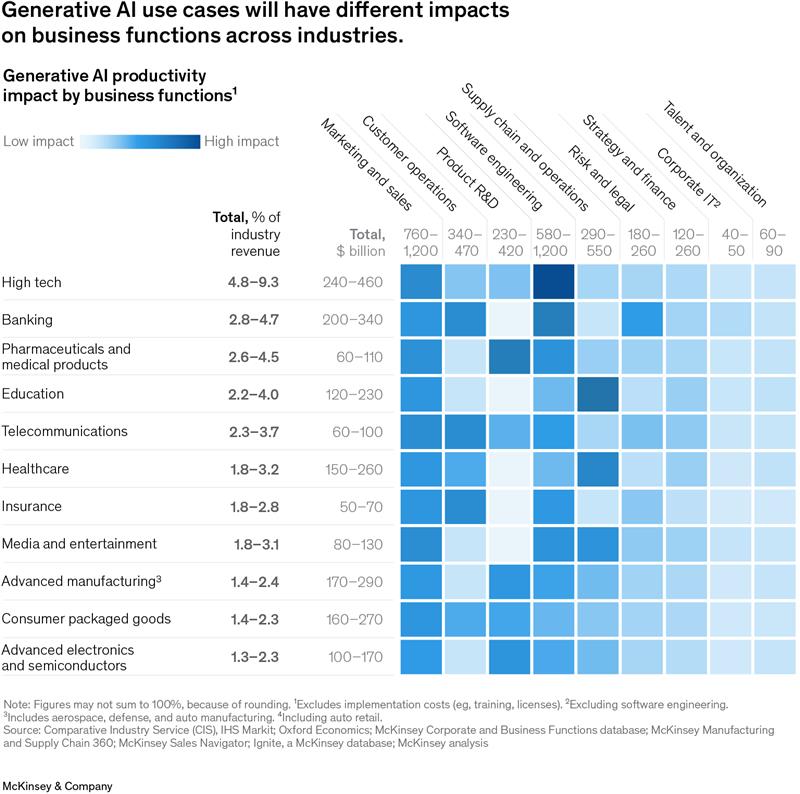Modern businesses that prioritise digitalisation are eschewing the “build, break, and rebuild” strategy in 2025. Web apps aren’t temporary fixes in 2025. These are essential digital resources that need to grow with your CRM, MarTech stack, and customer experience objectives.
For this reason, more companies are adopting a “No Redesign for 5 Years” approach, which places an early emphasis on performance, flexibility, and future-ready design. According to Forrester, the cost of redesigning a web application can reach 50% of the initial budget, excluding the revenue lost due to slower deployment and outages.
We’ll discuss why this mindset is important in this guide, along with how to create scalable web apps without having to redo them completely.
What Are Web Apps, And Why “No Redesign For 5 Years” Is The New Benchmark
Unlike static websites, web applications are dynamic and designed to engage users. They are browser-based, interactive platforms that let users manage information, access services, and complete tasks.
Here’s why durable platforms are now considered essential for businesses:
- By preventing frequent rebuilds, it gradually lowers development costs.
- Grows with your company, from product launches to CRM enhancements.
- Facilitates easy integration with Salesforce Marketing Cloud and other tools.
- Modular updates enable new features without causing the app to malfunction.
- Gets ready for the launch of multiple brands, white labelling, or localisation.
- Enhances performance through faster load times, fewer bugs, and more robust infrastructure.
By 2026, Statista predicts that global spending on digital transformation will reach $3.4 trillion, increasing the value of scalable systems more than ever.
Future-Proof Web Application Architecture For Long-Term Growth
A solid architectural foundation is necessary to ensure your app continues to function properly for more than five years.
The following are components of a web application architecture that are future-proof:
- Microservices for flexible, modular features.
- Cloud-native deployment with elastic scaling and worldwide uptime via AWS, Azure, or GCP.
- API-first development to integrate with automation platforms, CRMs, and CDPs.
- Faster content updates across web and mobile channels with a headless CMS.
- Adaptable architecture that changes with your business plan.
Over 70% of enterprise software is expected to rely on composable architecture by 2027, according to Gartner, to maintain long-term agility.
Modular Web App Design For Faster Deployment And Lower Maintenance
By dividing your platform into manageable, reusable components, a modular web app design makes it simpler to scale and update without requiring significant rework.
Among the main advantages are:
- Component-based frameworks for scalable interfaces, such as Angular or React.
- Atomic design systems for uniform user interface components on every page.
- CI/CD pipelines for automated, continuous deployments.
- Create theming systems and tokens for flexible branding.
- Low-code/no-code extensions that enable rapid modifications by operations or marketing teams.
According to McKinsey, businesses can introduce updates twice as quickly with modular platforms than with traditional systems.
Flexible User Interface Design For Consistency Across Devices
Users of today demand smooth experiences on tablets, smartphones, desktop computers, and even voice interfaces. Your app will function everywhere if it has a flexible user interface design.
Essential features include:
- Frameworks that automatically adjust to screen sizes.
- WCAG 2.2-compliant layouts that prioritise accessibility.
- Dynamic theming for branding that is specific to a region or campaign.
- Personalisation with CRM integration utilising real-time user data.
- Design-to-code automation for scalable UI libraries and quick design handoffs.
According to Adobe, 38% of users quit using apps that are inconsistent across devices or have poor design.
Scalable Content Strategy For Web Apps That Grow With You
A future-ready app must support growing content requirements without causing backend bottlenecks. A scalable content strategy for web apps becomes crucial for this purpose.
Items to include:
- Headless CMS systems to handle content across platforms.
- Blocks of reusable content for landing pages, promotions, and feature upgrades.
- Support for localisation in regional and multilingual rollouts.
- Metadata and tagging to facilitate search, SEO, and customisation.
- Templates are ready for automation that lessen dependency on developers.
According to SEMrush, 65% of companies redesign their digital platforms because of content flexibility issues rather than code constraints.
Web App Design Trends 2025: What-Forward Looking Teams Are Embracing
Undoubtedly, trends in design are useful in addition to being aesthetically pleasing. In 2025, the top-performing web apps will use the following:
- Voice-first interfaces for hands-free and accessible experiences.
- Progressive Web Apps (PWAs) that have no restrictions from the app store and feel like native apps.
- AI-driven customisation using behavioural data.
- Gesture-driven user interfaces to expedite mobile navigation.
- Motion UI and micro-animations for a more seamless experience.
According to Statista, PWAs are being used by more than 60% of enterprise development teams to reduce development costs and increase device reach.
Seamless Salesforce Marketing Cloud Integration With Web Apps
To establish a feedback loop between user behaviour and marketing automation, a future-ready app should have a close integration with Salesforce Marketing Cloud.
Principal advantages of integration:
- Gather behavioural information from app sessions and enter it straight into Journey Builder.
- Use web actions to start real-time campaigns (push, SMS, email).
- To customise dynamic content, use AMPscript.
- Maintain accurate user profiles and consents by syncing contact preferences.
- Full app and CRM visibility through bi-directional API integration.
According to Salesforce, smooth system integration helps 80% of top-performing marketing teams increase ROI.
Why MetroMax Solutions Is The Ideal Partner For Long-Term Web App Success
MetroMax Solutions provides more than just development services. We provide enterprise web app development services that are long-lasting and don’t require expensive redesigns.
What makes us unique:
- Proficiency in designing future-proof web applications.
- Experts in headless CMS implementation and modular web app design.
- Qualified Salesforce Marketing Cloud developers.
- Teams that are outsourced and in line with enterprise standards and US time zones.
Outcomes: 40% quicker time to market, up to 60% lower rebuild costs, and ongoing platform expansion.
We help you create a platform that meets all your needs for years, whether you’re scaling your business, transitioning to SFMC, or expanding globally.
Conclusion
In today’s economy, businesses can no longer afford to rebuild their web platforms every few years. A web application that is ready for five years, built with a future-proof architecture, flexible user interface, and modular design, delivers long-term value, lowers technical debt, and keeps you ahead of the curve.
Your next web application will not only function but also expand with you if you have the correct plan and a reliable partner like MetroMax Solutions.





